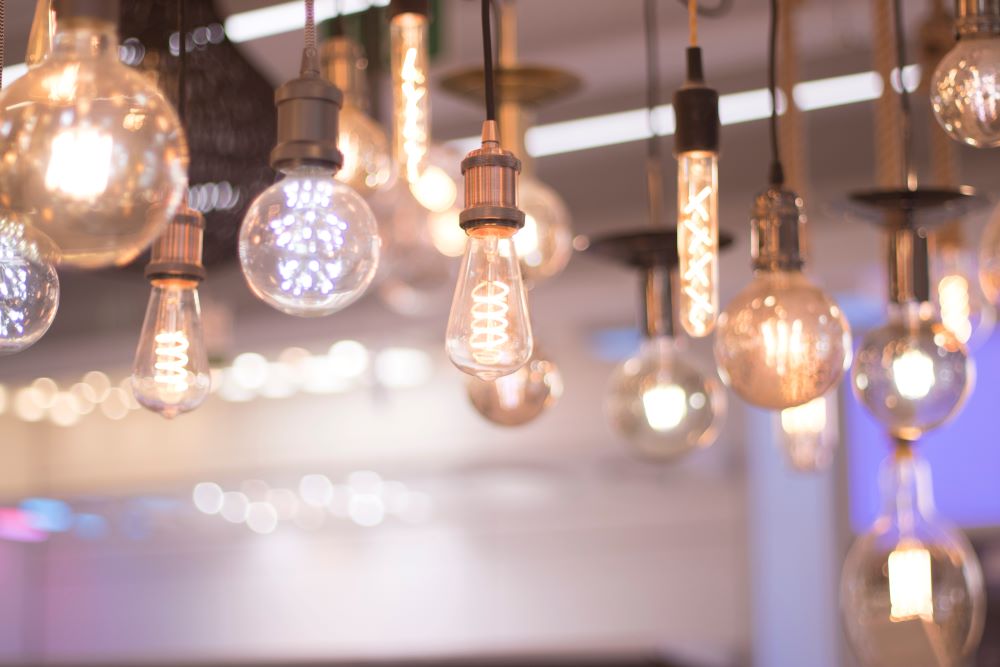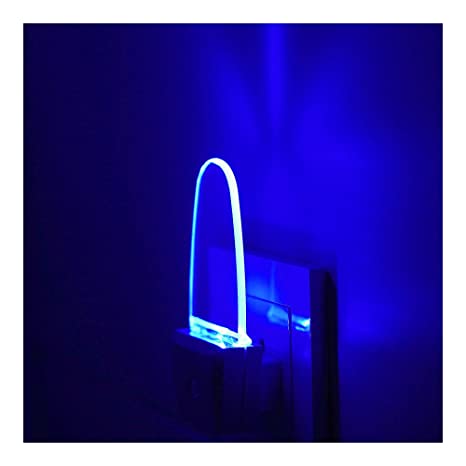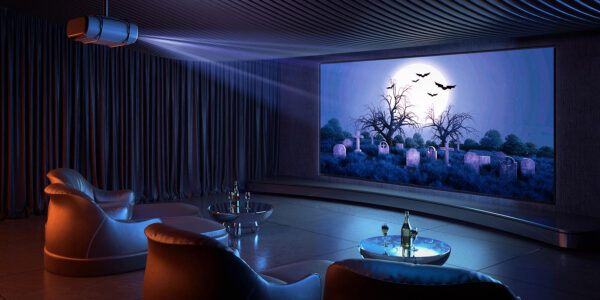From one perspective, the language and terminology that describes LED lighting will sound as if it were drafted by an accomplished science fiction writer. This is particularly true when that terminology is compared to traditional lighting technologies that are characterized almost entirely in terms of watts, ballasts, and frosted or clear globes. Although it may sound as if it includes discussions of flux capacitors, the language of LED lighting is neither complex nor confusing, and understanding a few key LED language terms will help you to make the most intelligent purchasing decisions.
Lighting Efficiency and Lumen Ratings
The lighting efficiency and lumen rating of an LED bulb are interrelated, and these values represent the primary difference between LED and more traditional lighting that is rated in terms of wattage. More purchasers are generally aware of how much light a 60-watt incandescent bulb will generate, but that wattage rating is more of a measure of the bulb’s power consumption than it is of its light-generating capability. That capability is more appropriately measured in terms of the bulb’s illuminance, which is its ability to generate a defined amount of light per each watt of input power. LED lights are up to ten times more efficient than incandescent fixtures, and while an incandescent bulb, for example, might have a lighting efficiency of only 12 lumens per watt, an LED bulb might generate up to 120 lumens per watt.
What is a Color Coordinated Temperature (CCT)?
Understanding an LED light source’s color coordinated temperature (CCT) will also be important to appreciate whether the light will appear to create a warmer or cooler lighting atmosphere. A light source’s CCT is measured in degrees Kelvin. Somewhat conversely, LED bulbs with higher Kelvin temperature ratings will generate light that is perceived to be cooler and brighter, whereas bulbs with lower CCT ratings will seem warmer. Typical Kelvin temperature ratings of LED bulbs range from 2700 Kelvin, which is perceived to be warm white light, up to about 7500 Kelvin, which is cool white light.
You likely understand that colors might appear to be different under different types of light sources. An LED light source’s color rendering index (CRI) is a relative measure of how well that source replicates bright, natural sunlight. Natural light and some incandescent bulbs can render colors most accurately, and accordingly have a CRI of 100. LED bulbs generally have CRI ratings of between 70 and 95. If you are using LED lighting in areas where you want colors to appear most naturally, look for LED bulbs that have higher CRI ratings.
What Does “L” and “LM” on a lightbulb mean?
You might also see “L” or “LM” ratings for LED bulbs. A modern LED bulb can perform at a high level for more than 50,000 hours of use, and in some cases more than 100,000 hours. Unlike incandescent bulbs, however, LED bulbs will generally not fail suddenly, but instead the quality and quantity of their lighting will recede over time. An LED bulb rated as “LM70 50,000 Hours” will generate at least 70% of its initial lumen rating for at least 50,000 hours of use. Naturally, higher-quality LED bulbs will have higher LM ratings.
The common language of LED bulbs includes many other terms, such as drivers, white- and color-dimmable, and omni-directionality. This terminology reflects the exciting possibilities of LED lighting technology.
The Language of LED Lighting: A Glossary of Terms
LED lighting technology has revolutionized the way we illuminate our spaces, offering energy efficiency, versatility, and longevity. However, delving into the world of LED lighting can sometimes be overwhelming due to the technical jargon associated with it. To help you navigate this language, we have compiled a glossary of key terms commonly used in the realm of LED lighting. Let’s shed light on these terms:
- LED (Light-Emitting Diode):
An LED is a semiconductor device that emits light when an electric current passes through it. It is the fundamental component of LED lighting technology.
- Lumens (lm):
Lumens measure the total amount of visible light emitted by a light source. The higher the lumen output, the brighter the light.
- Wattage (W):
Wattage measures the electrical power consumed by a light source. In LED lighting, lower wattage is typically associated with higher energy efficiency.
- Color Temperature (CCT):
Color Temperature refers to the perceived color of light emitted by a light source. It is measured in Kelvin (K). Lower Kelvin values (2700-3000K) produce warm white light, while higher values (5000-6500K) produce cool white light.
- CRI (Color Rendering Index):
CRI measures the ability of a light source to accurately reveal colors compared to natural light. It is rated on a scale of 0 to 100, with higher values indicating better color accuracy.
- Beam Angle:
The beam angle refers to the spread of light emitted by a light source. It determines the coverage area and the concentration of light in a particular direction.
- Dimmable:
Dimmable LED lights can be adjusted to varying light intensities, allowing you to create different moods and save energy when full brightness is not required.
- Driver:
The driver is an electronic device that regulates the power supply to LED lights, ensuring they operate safely and efficiently. It converts the incoming electrical current to the appropriate voltage and current required by the LEDs.
- Retrofit:
LED retrofit refers to the process of replacing traditional lighting sources, such as incandescent or fluorescent bulbs, with LED equivalents without altering the existing fixtures.
- Heat Sink:
A heat sink is a device used to dissipate heat generated by LED lights. It helps maintain the optimal temperature of the LEDs, ensuring their longevity and performance.
- IP Rating (Ingress Protection Rating):
IP rating indicates the degree of protection provided by an LED light against intrusion of solid objects and water. The IP rating consists of two digits, with the first representing solid object protection and the second indicating water resistance.
- Lifespan:
The lifespan of an LED refers to the average operating hours before it reaches a specific percentage of lumen depreciation. LED lights typically have a longer lifespan compared to traditional lighting sources.
- Flicker:
Flicker refers to rapid and repeated fluctuations in light output. LED lights with low flicker rates provide stable and consistent illumination, minimizing eye strain and discomfort.
- Energy Star:
Energy Star is a certification program that identifies energy-efficient products, including LED lighting, that meet specific criteria set by the Environmental Protection Agency (EPA).
- Mercury-Free:
LED lights are mercury-free, meaning they do not contain toxic mercury commonly found in traditional lighting sources, such as fluorescent bulbs.
By familiarizing yourself with these key terms, you can confidently navigate the language of LED lighting. Whether you’re selecting the right LED bulbs, understanding their performance specifications, or discussing lighting options with professionals, this glossary will help you make informed decisions and communicate effectively in the world of LED lighting.







